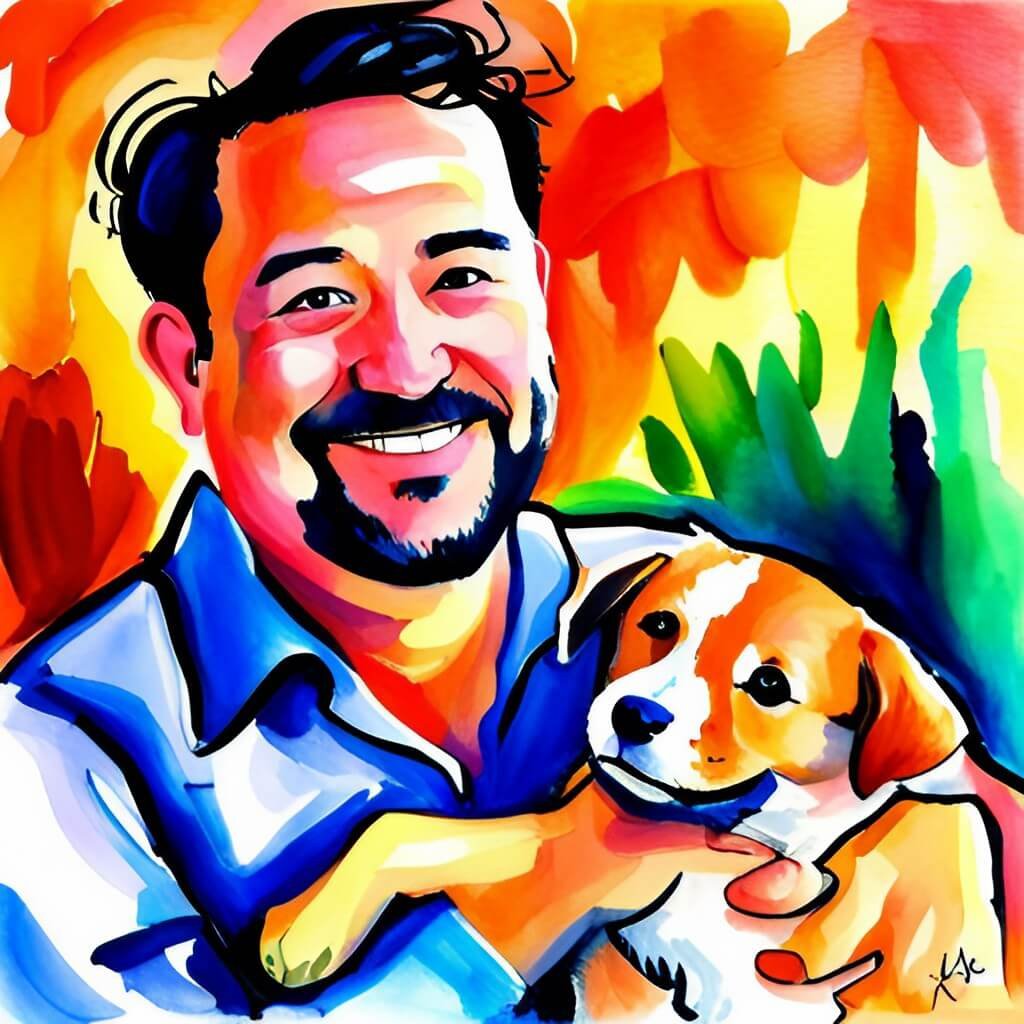Because all of your puppy’s formal obedience training will be accomplished with the assistance of a leash and a training collar, his pre-school training should include familiarization with similar paraphernalia. Initially, the puppy should be fitted with a comfortable leather or nylon collar.
Care must be taken that the collar is not affixed either too tightly or too loosely. The puppy will immediately make attempts to shed himself of this new “thing”. A loose-fitting collar would allow the puppy to slip his lower jaw underneath the collar. In this predicament, he could easily panic; or, even if he remained calm, he could chew the collar in two.
By the end of his first day of wearing the collar, he will have adjusted to the device and it will no longer attract his attention. You can then attach a light leash to the collar and allow him to drag the leash periodically during the day – indoors and under your supervision. By exposing the puppy to a leash and collar in this systematic way, no traumatic experiences will be allowed to develop.
You must always bear in mind that you are working with the mind of a living creature. You are molding it much like a potter molds what is to become his creation from clay. You must always exercise care and loving understanding. To abruptly affix a slip-chain training collar and leather leash to an eight-week-old puppy cannot possibly accomplish anything, except to create a very negative experience. Negative experiences are the instruments from which trauma develops.
Let Your Puppy Walk
When your puppy is accustomed to wearing the collar and has had the pleasure of romping around the house with the leash attached, carry him outdoors, a few hundred feet or so away from the house. With the leash attached, set the puppy down.
Let him walk you wherever he wants to go (within the bounds of safety, of course). Let him explore for ten or fifteen minutes while you follow him holding the other end of the leash. When the time is up, pick him up in your arms, take him back to the house and remove the leash. Chances are he will have walked you back in that direction anyway, since a puppy’s instinct directs him back to the “nest”.
Never Drag Your Puppy
Notice that at no time since the introduction of the collar and leash has anything been said about dragging the puppy. Although the puppy was allowed to drag the leash for a day or two, it must be pointed out and emphasized that he should not be dragged by the leash.
After three or four excursions in which the puppy is taken away from the house – with the leash affixed and the puppy allowed to walk at his discretion (with you holding the end of the leash) – he should be ready to walk away from the house.
Still, the leash should not be used as an instrument to drag the puppy. Let the pup do the walking; you hold onto the other end of the leash. By the end of the first week of his association with his new equipment, he will then begin to make the association of the new leash with control.
These daily outings on the leash must be considered as part of your puppy’s preschool training. Human contact and socialization in the outside world is a very important part of this training – and a key to the puppy’s future mental and emotional development. He’ll see big trees, hear noises from power motors and passing automobiles, and be admired by an occasional passerby. The benefits produced by proper socialization at this time can never be duplicated later in life.








